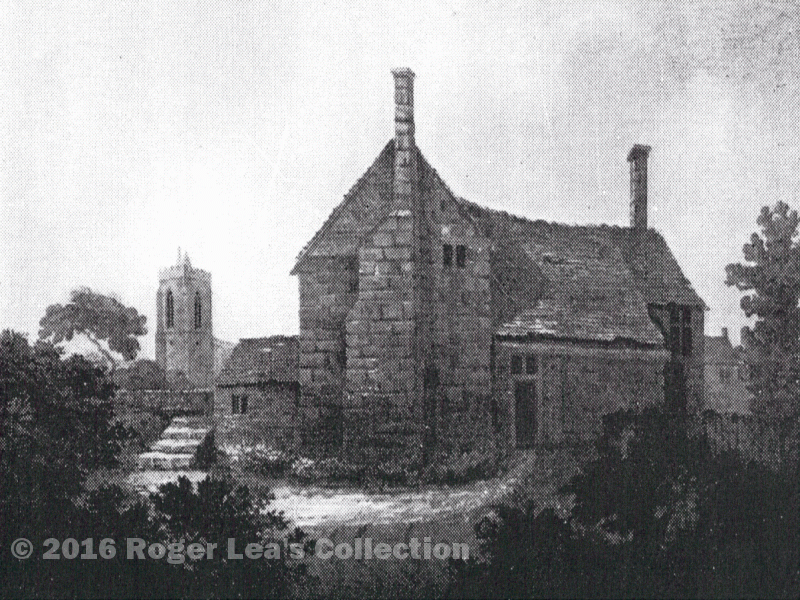The Schoolmaster of Bishop Vesey’s Grammar School from 1647 to 1659 was John Elly. This was the period of the Civil War and Commonwealth, when literacy was seen as very desirable – perhaps Mr Elly was giving lessons to local children as well as the grammar scholars? Evidence from the Warden and Society Minutes of 1727 shows that the then schoolmaster, Paul Lowe, was providing elementary education for a dozen children of the parish. The wording of the minute implies that this was a new arrangement, but it seems likely that John Elly was also providing elementary schooling 70 years earlier.
John Elly died on 8th November 1659, leaving no will, and his widow Joyce applied to the Bishop of Lichfield for the right to administer his estate. This was granted on 8th June 1660 on condition that an inventory of Elly’s goods and chattels be produced. This inventory is preserved in the Lichfield Record Office, and it gives the value of all his possessions, room by room. The list includes items used for giving reading and writing lessons as well as far more stools and tables that a normal household would require. We can tell from a petition of 1683 that at least fifty farmers and tradesmen in Sutton could write their names, no doubt many of them thanks to John Elly’s teaching.
The inventory shows that the house he lived in had four upstairs rooms and an attic, with a parlour, an old kitchen and a new kitchen on the ground floor. This was no doubt the Schoolmaster’s House, which was a medieval building once known as St. Mary’s Hall, standing in Trinity Hill. The next Master did not live at the school house, which was rented out, and the School moved to new premises in Lichfield Road in 1727. Shortly afterwards the old school building was knocked down to make way for the Workhouse which stood in Mill Street.
At that time the School owned a strip of land (known as the Schoolmaster’s Garden) next to the Churchyard, so it is reasonable to suppose that the school building stood at the Mill Street end and the Schoolmaster’s house at the Trinity Hill end of this land. But other writers have suggested that the school building stood on Trinity Hill, or that the house and the school were in one building, or that St Mary’s Hall stood on the other side of Trinity Hill at the Coleshill Street corner. Only one illustration survives, and it has been used to support each of these theories!
